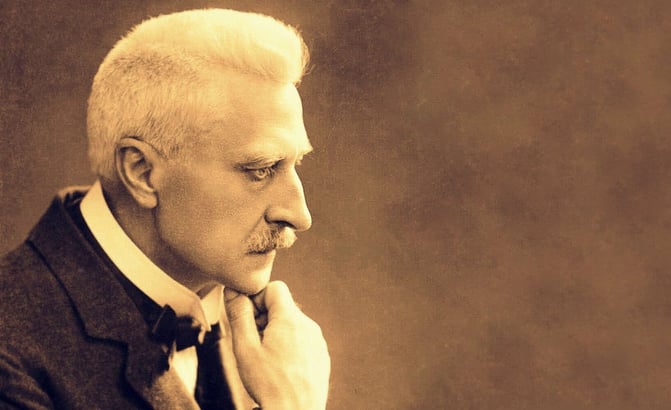The numinous experience is the first in our series of eight indications of the interior sense that each and every human being has of God.
But what exactly is the numinous experience?
An eminent American psychologist, William James (1842-1910), and a distinguished German scholar of comparative religion, Rudolf Otto (1869-1937), initiated the first two comprehensive studies of our internal experience of the divine.

Rudolf Otto showed that the vast majority of human beings have a natural sense – or feeling of spiritual mystery – that he called the “numinous experience.” He outlined several elements of that experience.
Characteristics of the Numinous Experience
- A sense of a mysterious power – which is beyond us, and incomprehensible.
- Though it could be overwhelming, it also feels “inviting – as if it is drawing us towards itself.”
- This mysterious, overwhelming and inviting power is both fascinating and enchanting – it interests us and holds our attention at the deepest levels (children are frequently mesmerized by religious pictures, symbols, and architecture).
- Sometimes our spiritual awareness presents a sense of a “ghost-like” presence – which can be haunting or scary.
- This mysterious, fascinating, uncontrollable, and inviting presence within us and outside of us seems to hold the key to our ultimate purpose in life, and to our ultimate dignity and destiny. We don’t know how, but it feels like it has the power to do this, and this makes us search for the spiritual and the religious in the world around us.
Could the numinous experience be the reason for religion?
This complex feeling of spiritual and sacred presence is common to most people throughout the world, and it is thought to be the reason why over 90% of the world today (and almost 100% of the world a century ago) is conscientiously religious.
This leads to the second indication of our awareness of and desire for God: The Awareness of the Sacred in the World.

